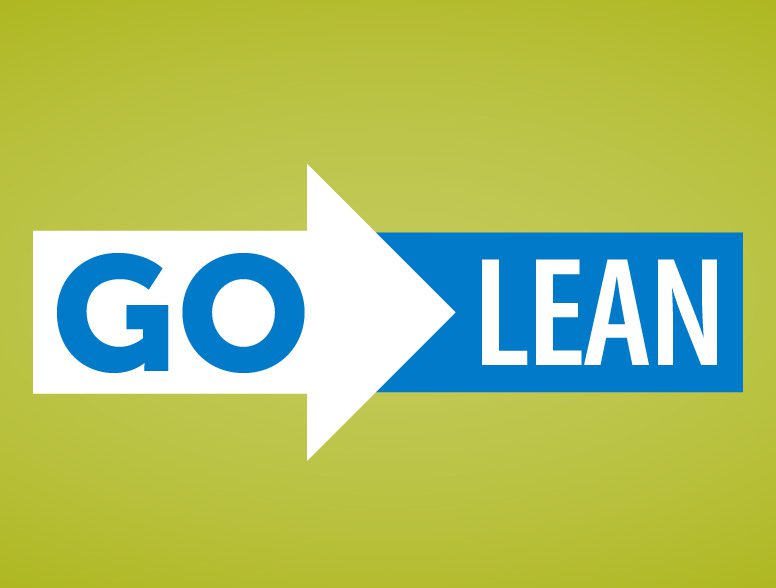
Taiichi Ohno, the father of the Toyota Production System which inspired Lean Manufacturing in the United States said: “The more inventory you have, the less likely you have what you need.” When it comes to legacy healthcare systems, he couldn’t be more accurate.
Of the wastes Ohno includes in his explanation, excessive inventory is called out for wasting resources through costs of storage and maintenance.

Healthcare providers tend to have excessive legacy system inventory
Most hospitals have 10 EHRs in place with only two percent of hospitals down to just a pair of platforms, according to data from HIMSS. In fact, the average health system has 18 different EMR vendors across its inpatient and outpatient settings.
And those EHRs often are housed on outdated servers. In a HIMSS survey, 80% of respondents report their organizations are using unsupported legacy servers (sometimes multiple systems within an organization) including:
- 50% with Windows Server 2008
- 49% with Windows 7
- 35% with Windows XP
- 30% with Windows Server 2003 and 2003 R2
Seven tips to Go Lean and overcome legacy system waste
- Create an Inventory – The first step in getting lean is to compile a list of legacy applications across the enterprise. This system inventory gathers details like product and vendor name, product version, database size, image store, server location, maintenance cost, date of retirement, etc. To help, download our inventory template to document your out-of-production software applications that should be targeted for decommissioning.
- Broaden the Scope of your Data Governance Team – While data management isn’t new, considering the complete data lifecycle in long-term plans is a good idea for your healthcare governance team. Governance teams are taking a more systematic approach to application rationalization and portfolio management to avoid unnecessary risks and to contain costs. As acquisitions continue to merge multiple EHR systems, a plan for overall legacy system and data management with buy-in from a cross-functional governance team becomes valuable on many levels.
- Create and Implement a Data Management Strategy – While each organization has unique needs, this graphical prompt can help guide your planning and inform your decommissioning initiative. Categorize your clinical systems from those that are financial or business-oriented. Consider, for financial system decommissioning, whether accounts receivable wind down is required in an active archive.
- Consolidate Data Stores – Large health systems often have 20-40, sometimes even hundreds, of legacy EMR, lab, home health, blood bank, payroll, accounting and other systems to manage. Focus on consolidating the data that needs to be retained from these systems into an active archive and incorporate a decommissioning schedule as part of your overall optimization plan.
- Focus on Security – As healthcare continues to face tough security challenges, these 10 questions can help guide your vendor selection to make sure you are investing in a partner who will protect you and your data. It’s well known in the industry that multiple silos of data stored in outdated systems offer some of the easiest entry points for hackers. Decommissioning aging, out-of-production systems to a HIPAA-compliant and HITRUST CSF®-certified platform is a smart step forward in your organization’s long-range security plan.
- Contain Costs – One area that is ripe for cost savings is to consolidate the IT portfolio and archive legacy data according to retention guidelines. To help, we’ve developed a resource: Five Ways to Find Cost Savings with Legacy Data Management and also suggestions on how to lower or eliminate costs from software, hardware, training, legal liability, cybersecurity risk and lost opportunities. According to KLAS Research, 85% of healthcare providers report positive financial impacts when they retired legacy IT systems and opted for health data archiving.
- Improve Workflows – At a time when physicians report spending more time with the EHR than with their patients, having access to the complete medical record with a single sign-on is a key advantage that an active archive solution like HealthData Archiver® delivers in an efficient, secure manner. Instant accessibility to the historical record is a game-changer and available for most EMR brands, including Epic, Cerner, Allscripts, Athena, NextGen and other major brands. It also supports numerous formats including: OAuth/OpenID, Advanced Encryption Standard (AES), Security Assertion Markup Language (SAML 2.0) and others.
A smart, active archive and a trusted health IT partner can support your long-term plans to be better positioned for the future.
Ready to conquer the bulk out-of-production systems that are simply taking up space in your IT landscape? Let’s talk about system replacements/retirements and your EMR data lifecycle management plan.






